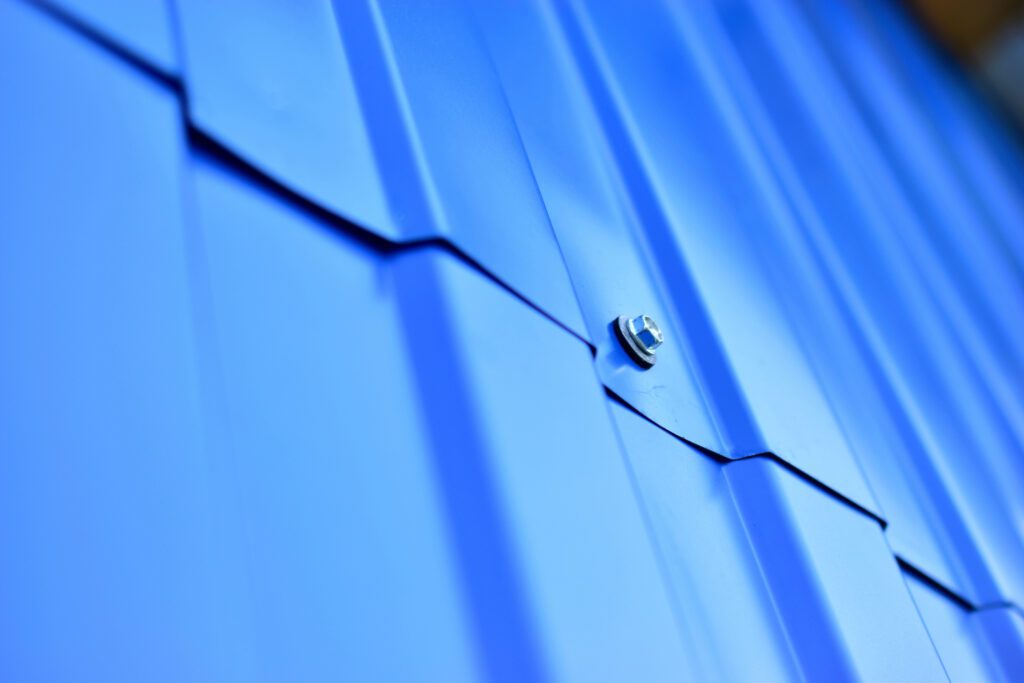By Tahereh (Neda) Hayeri and Vijay Mannari, Ph.D., Coating Research Institute, Eastern Michigan University
Editor’s note: A portion of this article was recognized with the 2023 CoatingsTech Conference Best Paper Award, held in Cleveland, OH, in June. The authors have since expanded the article with the addition of new data and updated information.
1. Introduction
Binders are the essential ingredients in every coating formulation and primarily define the properties, applications, and curing technologies of the coating system. The most popular and commonly used binders in conventional coatings are usually designed to be cured by one specific curing technique, such as thermal curing, radiation curing, or ambient temperature curing. Systems with binders that can be cured with only one curing mechanism have inherent limitations, such as difficulty balancing hardness and flexibility, substrate characteristics, flow, leveling, and wettability, complete surface, through curing with no apparent defect, and poor adhesion to substrates in some cases. These shortcomings often require more application space.
UV-curable coatings are among the fastest growing systems due to their low energy input, rapid curing, and low- to zero-VOC compositions, making them sustainable alternatives. The most commonly used UV-curing processes are based on the free radical polymerization mechanism, which brings many challenges to the system, such as oxygen inhibition leading to an under-cured surface, volume shrinkage, and adhesion issues.1 Some researchers have tried to overcome the challenges related to free radical systems mainly by replacing them with curing processes based on ionic polymerization. Cationic polymerization has been developed as a sustainable solution, as it is not sensitive to oxygen and benefits from full cure potential. However, besides limited availability and high price, cationic polymerization is also very sensitive to environmental humidity; although a small amount of water can be helpful for the reaction—as it can play a major role as a proton carrier and transfer agent—high humidity can inhibit the reaction and terminate the polymerization.2 Systems using an anionic polymerization mechanism could be an option, as they have not been observed to have had this challenge, but their drawbacks include low quantum yields and relatively low basicity of the generated bases.3
Some efforts have been made to address the challenges related to the ionic system, such as using a humidity blocker approach, which involves adding a hydroxyl-functional reactive diluent and an epoxy siloxane; this combination creates a hydrophobic system that can block humidity.4 Yet, taking full advantage of ionic polymerization requires a novel product. The organic-inorganic hybrid (OIH) system is one of the major products developed recently, especially for UV-curable coatings. The OIH system is based on a sol-gel reaction triggered by a strong acid or strong base catalyst. However, so many developments have been made in trying to initiate a sol-gel reaction by UV irradiation.
One such development is the synthesis of organosilanes containing epoxy and alkoxysilane functional groups and the use of photopolymerization, which uses photo acids and photo bases to cure.5-8 Nayini et al. investigated the gel time and shrinkage of a UV-cured coating based on the OIH system. In their work, the organosilane oligomers have been synthesized based on tetraethoxysilane (TEOS) and tetraethylene glycol diacrylate. They used photo acids to initiate the sol-gel reaction after exposure under a UV mercury lamp. The results showed delayed gelation and reduced final film shrinkage as the portion of inorganic moieties increased in the formulation.9 A review by Liu et al. discusses different preparation methods for OIH systems, including blending, sol-gel, intercalation polymerization, and in-situ reaction methods.10 The authors’ research group, Mannari et al., at the Coating Research Institute, Eastern Michigan University, has done extensive research in exploring UV-cure systems that can effectively address the aforementioned limitations inherent to free-radical and ionic polymerization mechanisms. They reported the development of OIH coatings that are cured by a UV-initiated sol-gel mechanism that is triggered by photo-latent catalysts. Specifically, they used coating compositions containing multi-functional organosilane precursors as oligomers and super photo-acid or photo-base catalysts to bring about a cure by sol-gel reaction using ambient moisture.11-12
Continue reading in the September-October 2023 digital issue of CoatingsTech.
